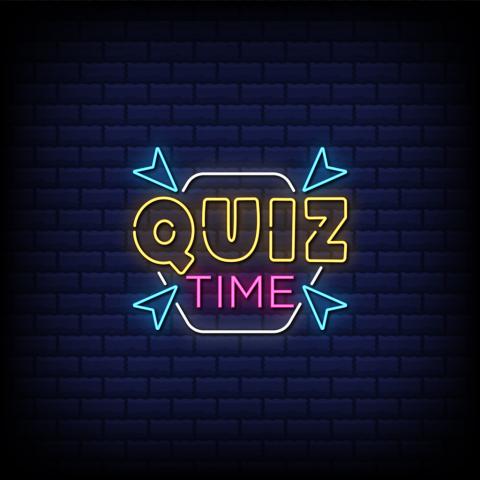Women of the Ancient World Quiz
In ancient times these woman warriors terrorized North Africa, Asia Minor, and the lands around the Black Sea:
- Ultimately defeated by the Athenians, the Amazonian armies became prominent in Greek mythology. At the ancient Greek city of Ephesus, women worshipped Artemis and performed war dances. The women of Sarmatia, an ancient region of Eastern Europe, were great warriors; they are thought to be descendants of the Amazons.
One of Japan's greatest writers, she is thought to be the first novelist in the world:
- Murasaki Shikibu (978?-1026?) wrote the novel The Tale of Genji about court life in the Heian period. Izumi Shikibu (974?-1034?), considered one of Japan's greatest poets, wrote love poetry and diaries that depicted Heian court life. Lady Sarashina (b. 1009?) left detailed diaries covering more than 40 years of Heian culture.
China's most famous female warrior, she fought as a man for more than ten years:
- In battle, Hua Mu-Lan (5th century A.D.) used her father's name as well as his armor. During the Shang Dynasty Fuhao (1324-1265 B.C.), a wealthy ruler and military leader, led armies of some 10,000 troops. The powerful and successful Wu Zetian (625-705 A.D.) was the only woman in Chinese history to rule as an emperor.
She ruled ancient Egypt for longer than any other woman pharaoh:
- During the 18th dynasty Hatshepsut (1503?-1482 B.C.) ruled Egypt for more than 20 years. "Candace" was a title given to queens of ancient Ethiopia; one famous such Candace declared war on the governor of Egypt in 22 B.C. Cleopatra VII (69?-30? B.C.) fought Rome's efforts to take over Egypt.
The patron saint of Paris, she is said to have used the power of prayer to save her city from the Huns:
- St. Genevieve (422?-500?) is said to have converted Clovis I, king of the Franks, and his entire nation to Christianity. Saint Odilia (660-720) is the founder of France's famous Hohenberg convent. The Italian St. Adelaide (931-999) was a ruler of the Holy Roman Empire who founded many churches and monasteries.
This powerful high priestess of the moon is the first recorded female name in history:
- En Hedu'Anna (b. 2354? B.C.) was one of the priestesses whose work in astronomy governed every aspect of ancient Sumerian life. Aglaonike (b. 200? B.C.) was an ancient Greek philosopher who predicted eclipses. The Greek Aganice (b. 1878? B.C.) developed a system to predict planetary motion.
She used the bark of the mulberry tree to develop the first paper:
- An empress in ancient China, Shi Dun invented paper with the help of a staff member. Hypatia of Alexandria (355? - 415 CE) was an accomplished ancient Greek philosopher. Gargi was a philosopher of ancient India whose name appears in Vedic literature.
This Greek lyric poet is sometimes called the "tenth muse:"
- Sappho (b. 615? B.C.) ran a school for poets on the Aegean island of Lesbos (Mytilini). The poet Erinna of Telos was said to be Sappho's most promising student. Praxilla of Sicyon was famed for the drinking songs she wrote in fifth-century Athens.
Called "the Vietnamese Joan of Arc," she held a sword in each hand as she led her troops against the Chinese:
- After defeat by Chinese troops Trieu Au (A.D. 222?-248) committed suicide rather than surrender. Trung Trac and Trung Nhi ("the Trung Sisters") organized a rebellion against Chinese rule in A.D. 29, won back their land, and became co-queens.
She may have ruled Egypt alone after the death of her husband, the pharaoh Akhnaten:
- Often depicted in ancient Egyptian art, Nefertiti (14th century B.C.) was renowned for her great beauty. Kiya, another wife of Akhnaten, was probably Tutankhamen's mother.




